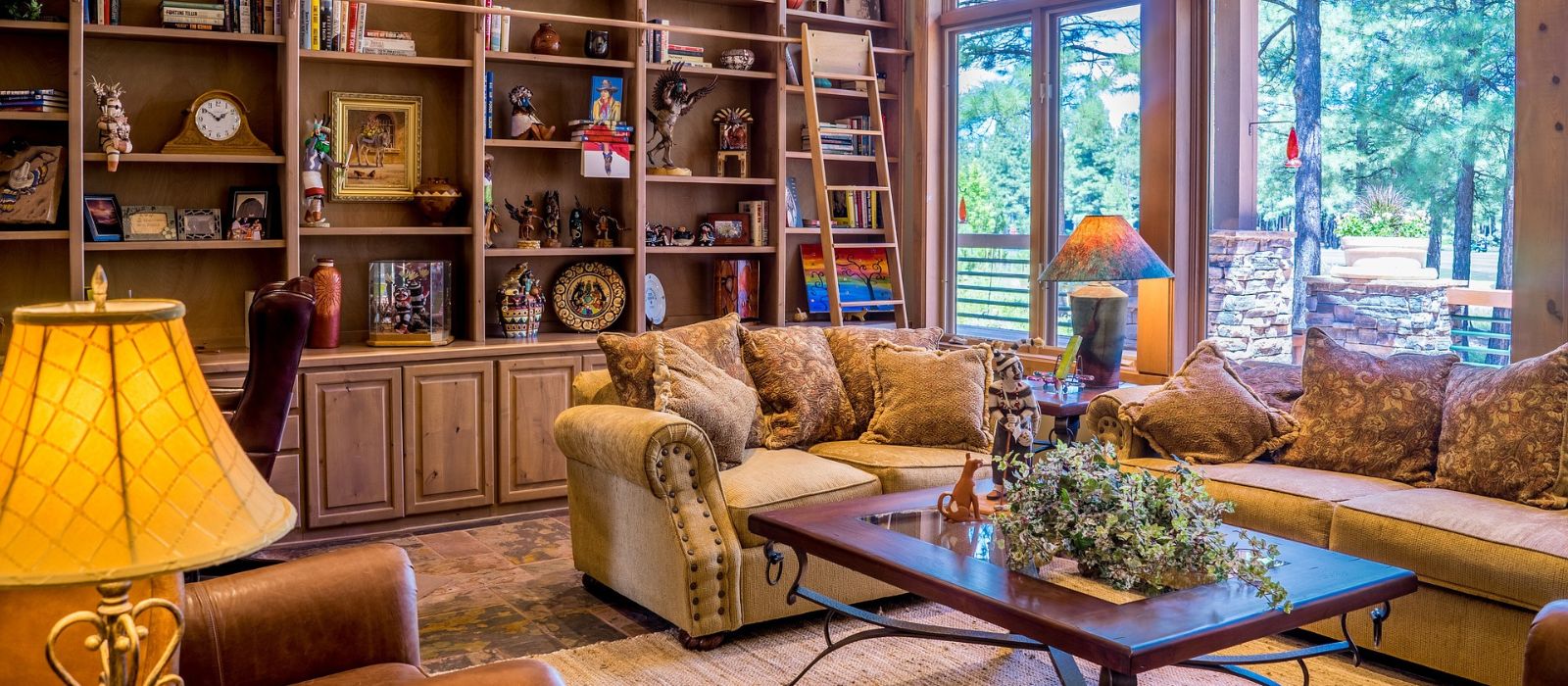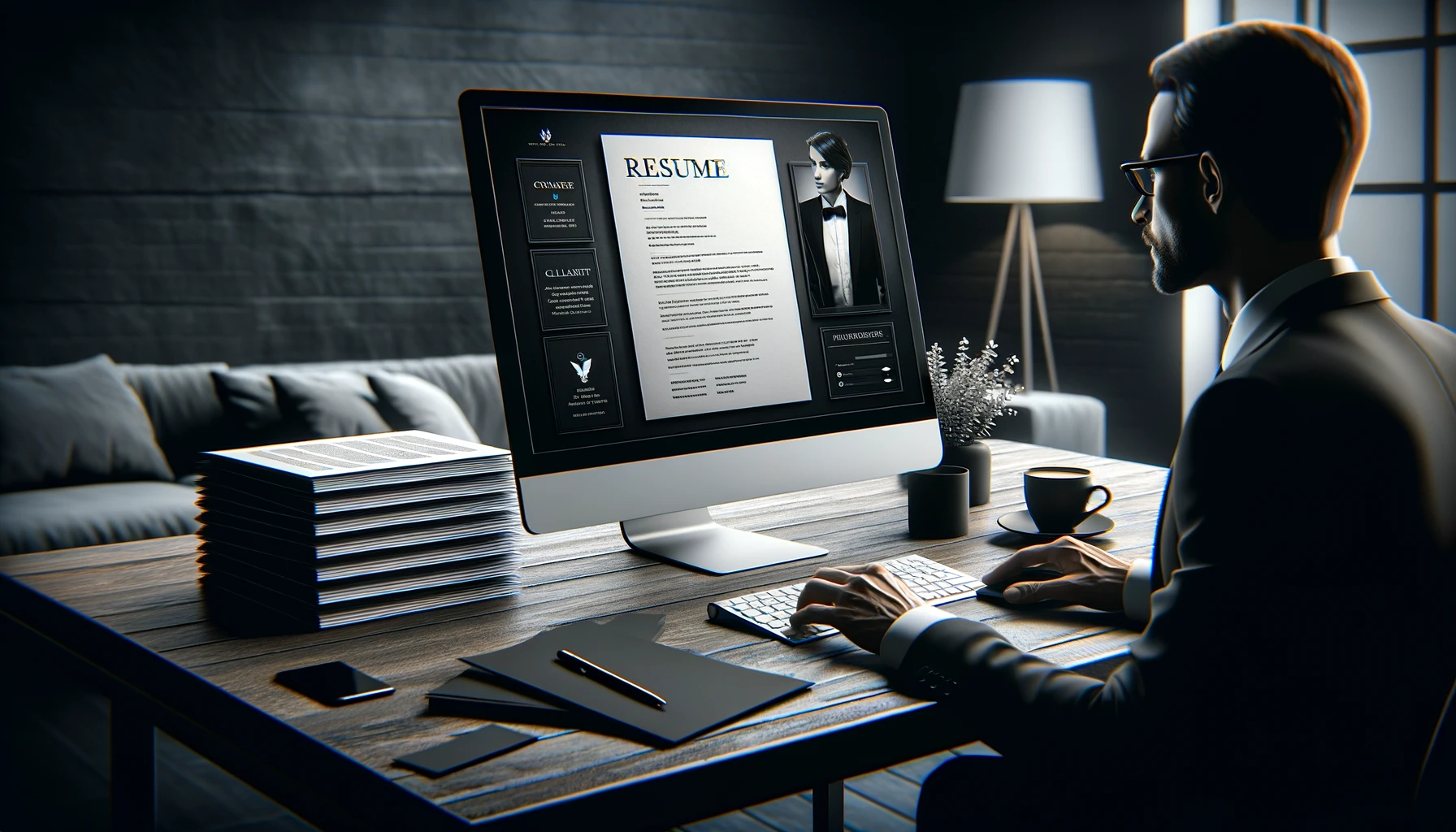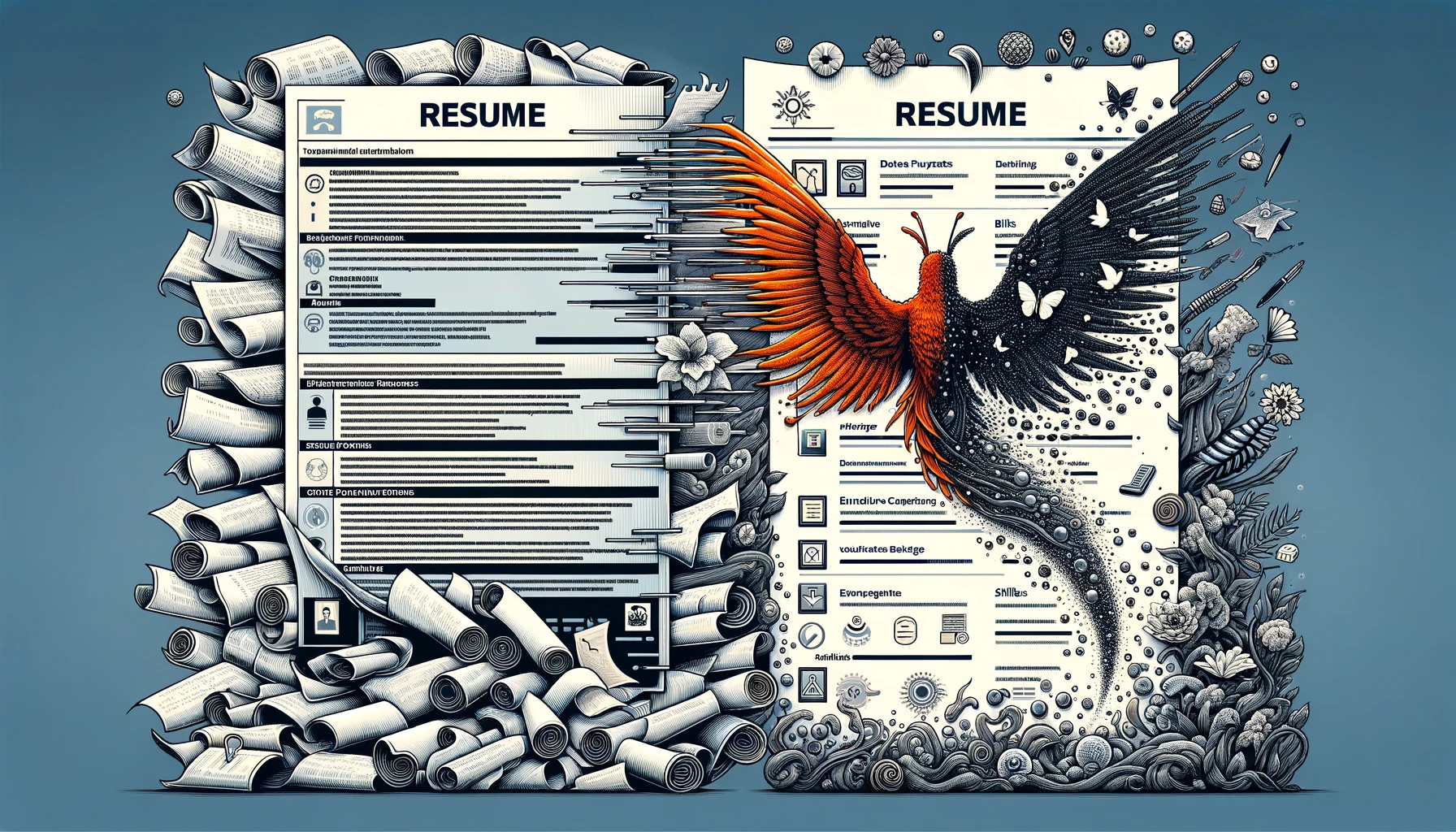In a world where design is constantly evolving and capturing our attention, the role of an interior designer has become more crucial than ever.
But with fierce competition in the industry, it’s essential to have a standout resume that showcases your skills and expertise.
Whether you’re an experienced professional looking to revamp your resume or a newly graduated designer eager to make your mark, this article will provide expert tips and advice on creating an irresistible interior designer resume.
From choosing the correct format and highlighting relevant experience to incorporating visual elements that reflect your unique style, we’ll guide you through every step of the process so that you can confidently present yourself as the ideal candidate for any design opportunity that comes your way.
Why a well-crafted resume is crucial
A well-crafted resume is crucial in today’s competitive job market, especially for aspiring interior designers.
It serves as a first impression to potential employers and determines whether you get invited for an interview.
Your resume should highlight your unique skills, experiences, and accomplishments that set you apart from other candidates.
It is an opportunity to showcase your creativity, attention to detail, and ability to bring spaces to life.
Moreover, a well-crafted resume allows you to communicate your value proposition as an interior designer effectively.
By tailoring your resume to the specific job requirements and using powerful language, you can demonstrate how you have completed projects in the past that align with the potential employer’s needs.
This shows recruiters that you have researched, understand their company’s goals and objectives, and are prepared to contribute meaningful solutions.
In addition, a well-crafted resume demonstrates professionalism and organizational skills – two highly valued traits in the interior design industry.
A visually appealing layout with consistent formatting communicates attention to detail and aesthetic sensibility – essential qualities for any designer.
Furthermore, a clear structure highlighting key sections such as education, experience, skills, and portfolios showcases your ability to present information in a logical order – another essential skill for an interior designer.
Highlight your relevant experience and skills
Highlighting your relevant experience and skills on your interior designer resume is crucial to catching the attention of potential employers.
It’s important to showcase your design expertise and any related experience or certifications you have obtained.
For example, if you’ve worked with a renowned design firm or completed internships in the industry, mention these experiences prominently.
Additionally, highlight any specialized skills you possess that set you apart from other candidates.
This could include your proficiency in specific software programs like AutoCAD or SketchUp and any knowledge of sustainable design principles.
In addition to showcasing your technical skills and experience, consider highlighting any highly valued soft skills in the interior design field.
Good communication is essential for collaborating with clients, architects, and contractors throughout the design process.
Attention to detail and strong problem-solving abilities are essential for an influential interior designer.
By emphasizing these skills on your resume and providing examples of how you have utilized them in previous projects, you can demonstrate your ability to deliver exceptional results.
When it comes to creating an irresistible interior designer resume, always remember to tailor it specifically for each job application.
Analyze the job description thoroughly and identify keywords that match your experience and skills.
Mirror these keywords in your resume so that hiring managers quickly recognize the relevancy of what you bring.
Showcase your design portfolio and projects
One of the most effective ways to make your interior designer resume stand out is by showcasing your design portfolio and projects.
Not only does this demonstrate your expertise and skills, but it also allows potential employers or clients to get a glimpse of your style and creativity.
When creating a portfolio, be sure to include a variety of projects that showcase your versatility.
Include examples from different types of spaces, such as residential, commercial, or hospitality designs.
Showcasing small-scale and large-scale projects can highlight your ability to work on different scopes.
Consider using professional photographs or renderings to present your work in the best possible light.
High-quality images not only capture the essence of the space but also show attention to detail and professionalism.
Additionally, providing brief descriptions or explanations for each project gives viewers insights into your thought process and design approach.
Lastly, remember digital portfolios! Creating an online version allows you to easily share your work with potential clients or employers across different platforms.
Utilize websites designed for designers, such as Behance or Houzz, which provide excellent templates for organizing and presenting project details.
Overall, showcasing your design portfolio is more than just displaying pretty pictures; it’s an opportunity to present how you solve design challenges, demonstrate innovation in solutions, and effectively communicate with clients through visual storytelling.
So impress those decision-makers with stunning visuals and thoughtful project selections!
Emphasize your technical and software proficiency
In today’s digital age, having strong technical and software proficiency is crucial for any interior designer.
With the increasing use of technology in the industry, being skilled in programs such as AutoCAD, SketchUp, and Photoshop can set you apart from other candidates.
These tools enable you to create accurate 3D models, develop detailed floor plans, and effectively communicate your design ideas to clients.
Moreover, highlighting your technical skills demonstrates that you are adaptable and capable of keeping up with industry trends.
As an interior designer, you must be familiar with new software releases and advancements in digital design techniques.
This shows potential employers that you are proficient in current software and willing to learn and incorporate new tools into your workflow.
Additionally, showcasing your expertise in various software applications gives employers confidence in your ability to manage complex projects efficiently.
Interior design often involves working with multiple stakeholders, such as architects or contractors who may require specific file formats or project management applications like Basecamp or Trello.
Being well-versed in different software platforms equips you with the necessary skills to collaborate seamlessly with these professionals throughout the entire design process.
Overall, emphasizing your technical and software proficiency on an interior design resume showcases your abilities and underscores your commitment to staying at the forefront of the industry.
Doing so increases your chances of landing that dream job by demonstrating that you have the skills required for success in today’s digitally-driven design world.
Include client testimonials and references
One of the most potent ways to make your interior designer resume stand out is by including client testimonials and references.
These real-life experiences and endorsements from satisfied clients can speak volumes about your skills, creativity, and professionalism.
By showcasing these testimonials, you demonstrate your ability to provide exceptional design solutions and build trust with potential employers.
Client testimonials prove your abilities and can highlight specific projects or achievements that set you apart from other candidates.
They offer a glimpse into the impact of your work on clients’ lives, providing valuable insights for hiring managers.
Furthermore, including references allows employers to verify the authenticity of these testimonials and gain a deeper understanding of your strengths and capabilities.
When selecting which client testimonials to feature on your resume, choose ones relevant to the job you’re applying for.
Consider including quotes or snippets highlighting specific aspects of your design approach or problem-solving skills.
By presenting this form of social proof, you not only differentiate yourself from other candidates but also increase your chances of catching the attention of potential employers looking for someone who can deliver consistent results and create extraordinary spaces.
Craft a visually appealing and professional layout
When crafting your interior designer resume, creating a visually appealing and professional layout that showcases your creativity and design skills is crucial.
One way to achieve this is by using a clean and organized format that is easy to read and navigate.
Opt for a simple yet stylish font, such as Helvetica or Arial, and use headings and subheadings to break up the content into distinct sections.
This will not only make your resume look more polished but also ensure that important information stands out.
Another key aspect of a visually appealing resume layout is the effective use of white space.
More clutter can overwhelm the reader and detract from the overall aesthetic appeal of your resume.
By strategically incorporating white space between sections, bullet points, and text, you can create an elegant balance that guides the reader’s attention to essential details.
Additionally, consider using visual elements like icons or dividers to enhance your resume layout’s visual appeal.
Lastly, don’t be afraid to experiment with different formatting techniques to add a touch of professionalism to your interior designer resume.
For instance, you can use color sparingly but effectively throughout your document by highlighting key information or headers in shades that complement each other.
Furthermore, consider incorporating a consistent color scheme or theme inspired by current design trends into your resume layout – this can help showcase your understanding of aesthetics while adding a unique flair.
Conclusion: Stand out from the competition with an impressive resume
In the competitive world of interior design, having an impressive resume can make all the difference in standing out from the competition.
It showcases your skills and experience, making a solid first impression on potential employers or clients. But what truly sets apart an impressive resume?
Firstly, it’s essential to tailor your resume to the specific job or client you are targeting. Research the company or client’s values, style preferences, and past projects to demonstrate your understanding of their needs.
Highlight relevant experiences and skills that align with their requirements, showcasing how you can add value to their team or project.
Secondly, take into account the power of visual presentation.
As an interior designer, aesthetics matter in your work and how you present yourself on paper. Use a clean and modern design with consistent fonts and formatting.
Incorporate professional visuals, such as portfolio projects or sketches, that reflect your unique style and creativity.
Lastly, remember soft skills. While technical abilities are crucial for an interior designer, employers often look for candidates with excellent communication skills, leadership potential, and a collaborative mindset.
Include examples of successful teamwork experiences or instances where you effectively communicated complex ideas to clients.
By tailoring your resume to each opportunity, paying attention to visual presentation, and highlighting soft skills alongside technical expertise, you’ll create an irresistible appeal that sets you apart from the competition in this highly competitive field of interior design.





